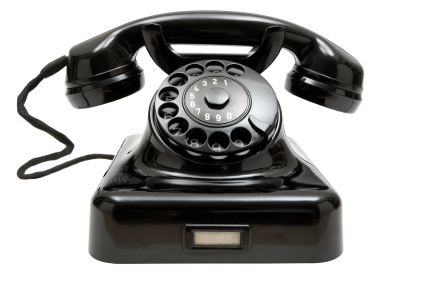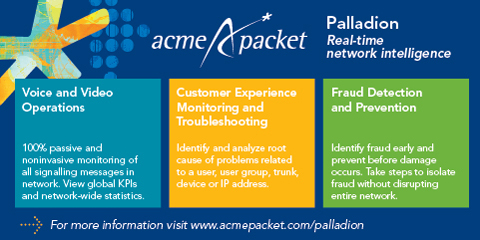The Death of the Desk Phone
By: Patrick MeLampy

Your desk is about to become much bigger — or so it will seem once that clunky, boxlike object called a desk phone is out of your way.
From the introduction of the iPhone and over-the-top (OTT) service offerings to the rise of unified communications (UC) and bring-your-own-device (BYOD) corporate policies, the tech developments of the past half decade or so have expedited “the death of the desk phone” and heralded a major upheaval in the way we work and communicate. In fact, the smartphone’s integration of voice and internet services in a single mobile device has allowed many people to work from almost anywhere and connect more quickly with colleagues on a more frequent basis.
A telecom timeline
Before we glimpse the future of telecommunications, let’s take a look back at some of the major inflection points that have brought us where we are today. Three in particular changed communications forever: Alexander Graham Bell’s invention of the telephone in 1876, the introduction of Motorola’s DynaTAC 8000x, the first commercial cellular phone, in 1983, and, most recently, the ever-expanding influence of the internet, which is now used by more than 2.4 billion people around the world, compared to roughly 360 million at the dawn of the 21st century.
When Bell uttered the famous words “Mr. Watson, come here, I want to see you,” the development of telecommunications began a long, gradual trajectory, but the past three decades have delivered a whirlwind of industry innovation. For example, the number of connected mobile phones now exceeds five billion, and a fifth of those are smartphones. Looking a little further out, we can expect to see upwards of 20 billion “things” connected through the internet over the next decade, befitting the new societal norm of users being hyperconnected — always on, interactively engaged and having access to services anytime, anywhere.
The workplace becomes “personal”
Spurring this hyperconnectivity is the smartphone evolution, which began around 2009 following Apple’s introduction of the iPhone in the summer of 2007. Though the BlackBerry came first, it was Apple’s offering that catered to consumer demand for a business device that behaved similarly to a personal device, delivering convenient, fast access to internet data. The iPhone was so highly coveted upon release that it was rumored to have sold more than 500,000 units in its first weekend alone.
In addition, access to mobile broadband offered a much simpler, inexpensive alternative when it came to handling voice and video, including the ability to use OTT services like WhatsApp, FaceTime, Skype, and Facebook Chat. As a result, we’ve begun to see a rise in IP communications service providers, or “cloud providers,” and because of the iPhone’s ability to enable consumers to use the aforementioned services, they’ve been able to hold OTT conference calls with coworkers, partners and clients through VoIP (voice over internet protocol) or video networks.





















